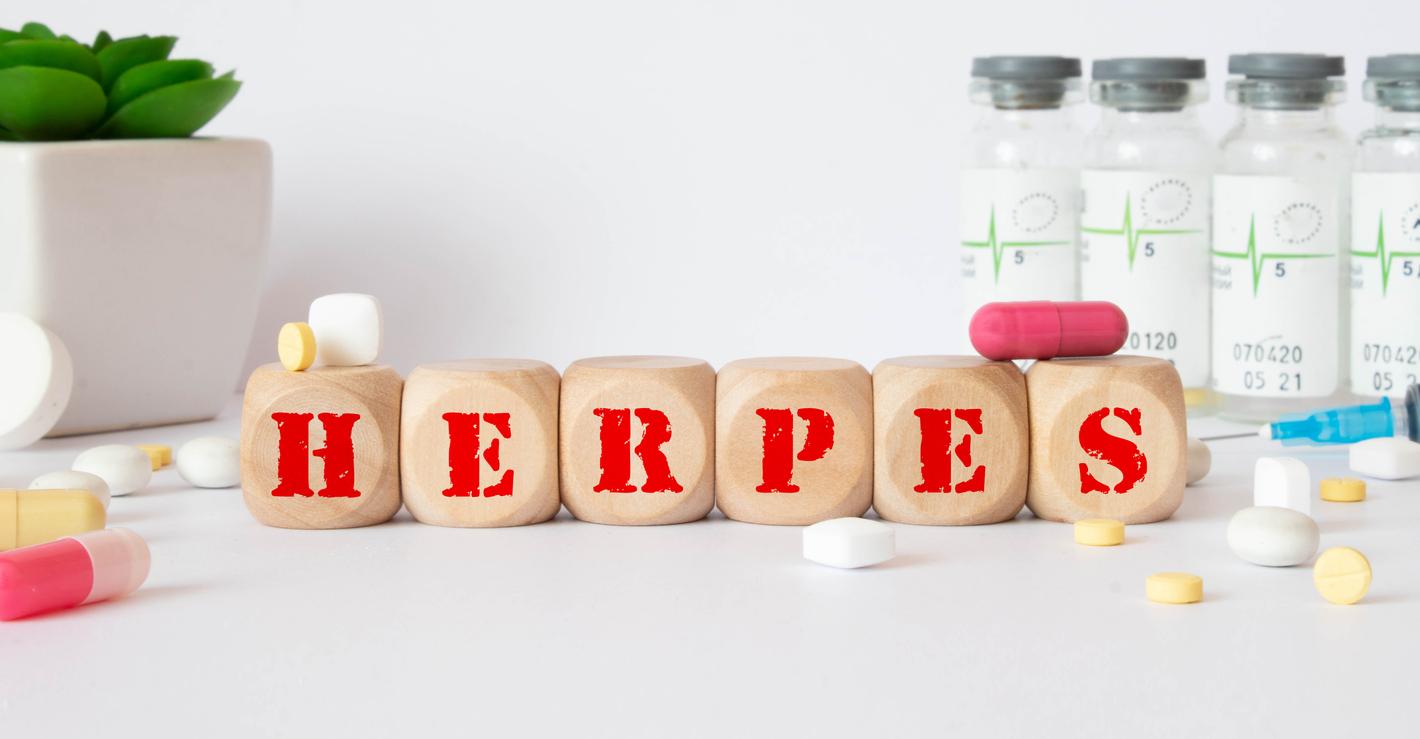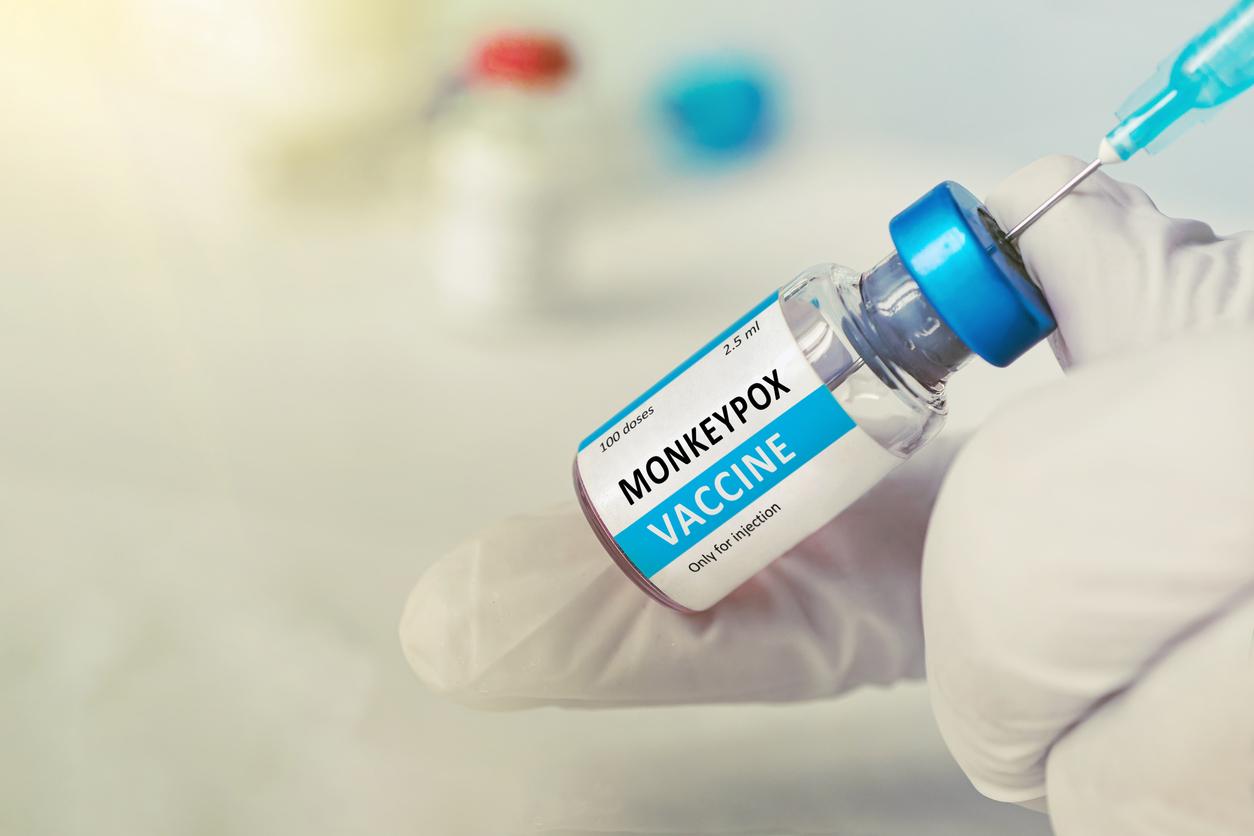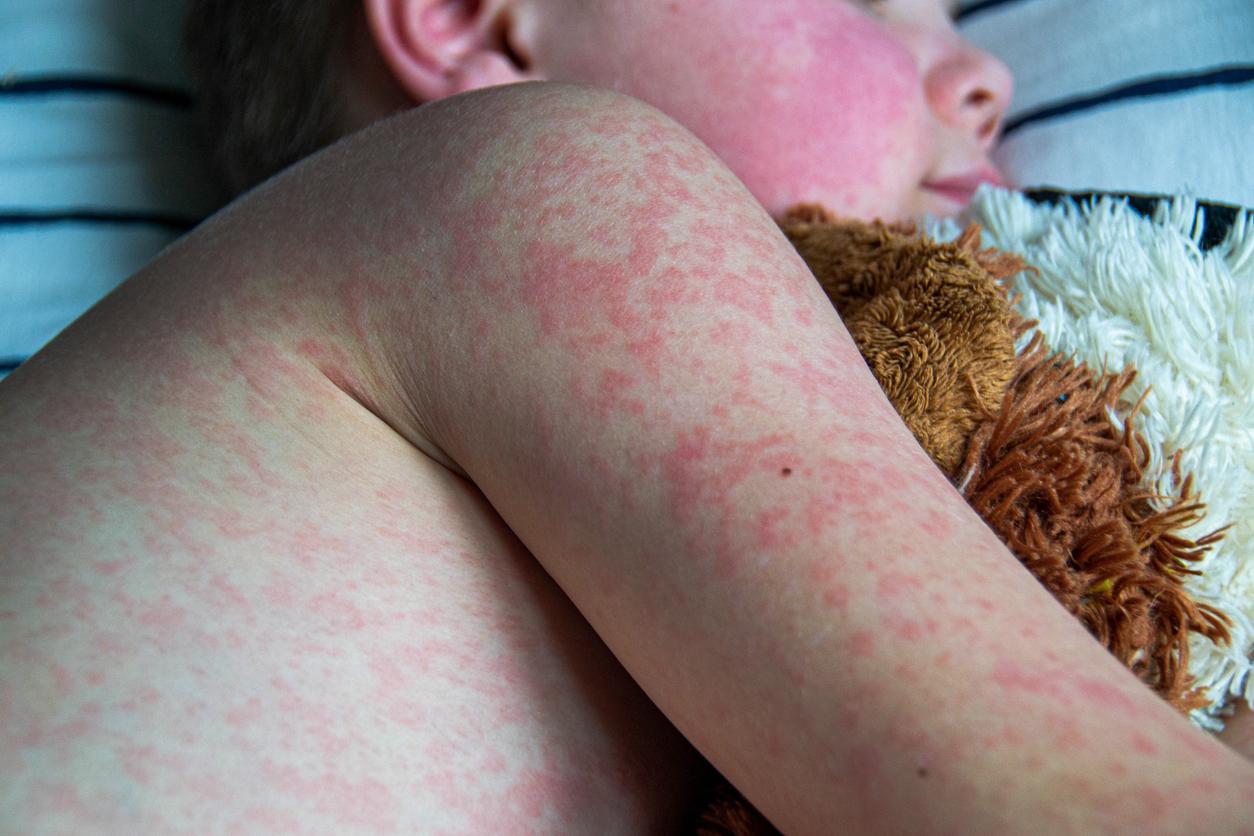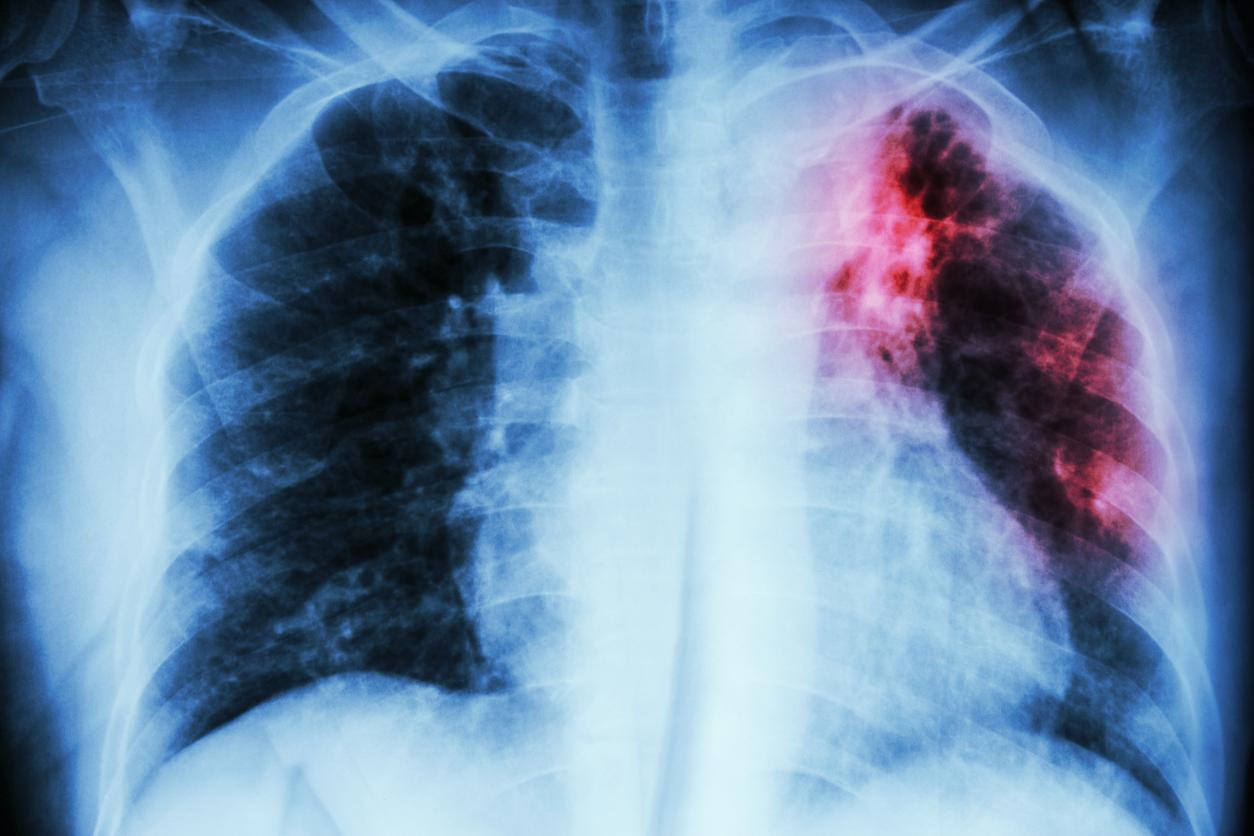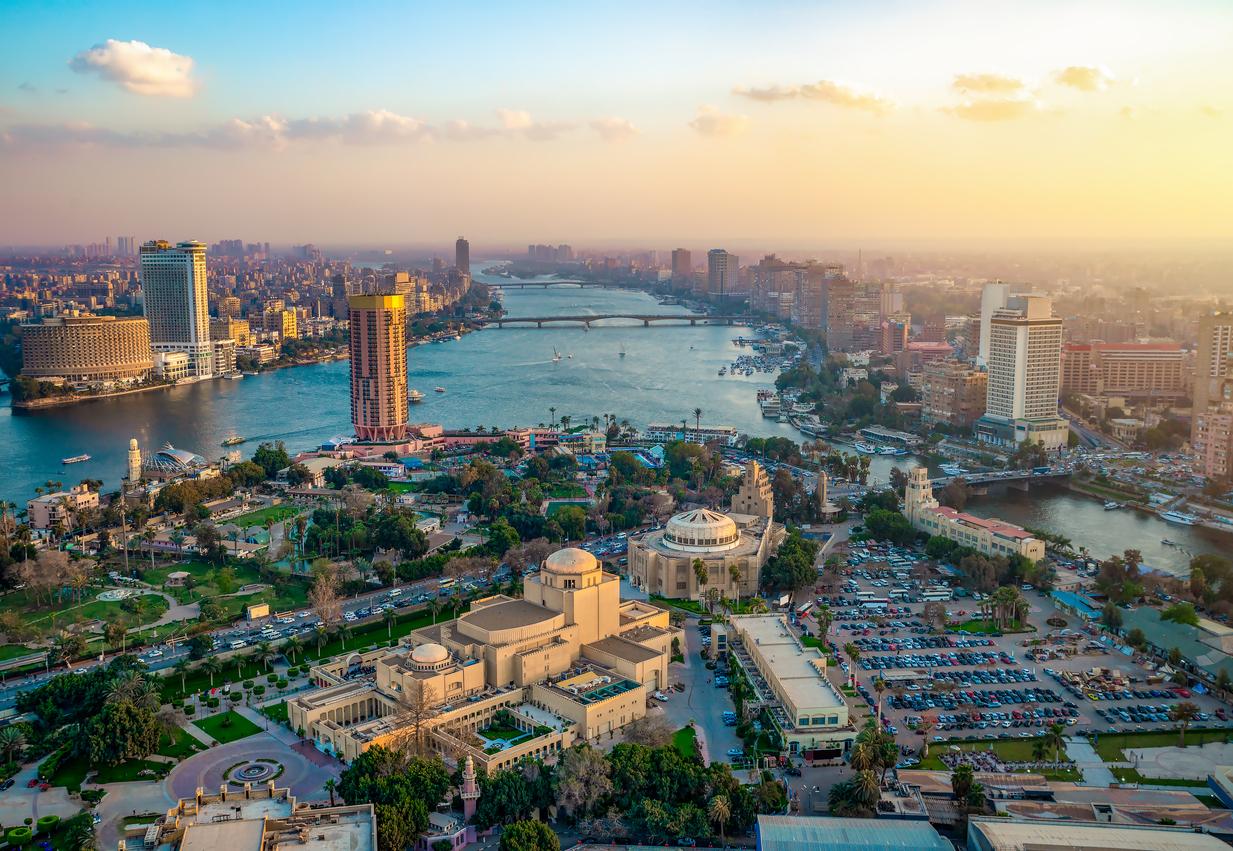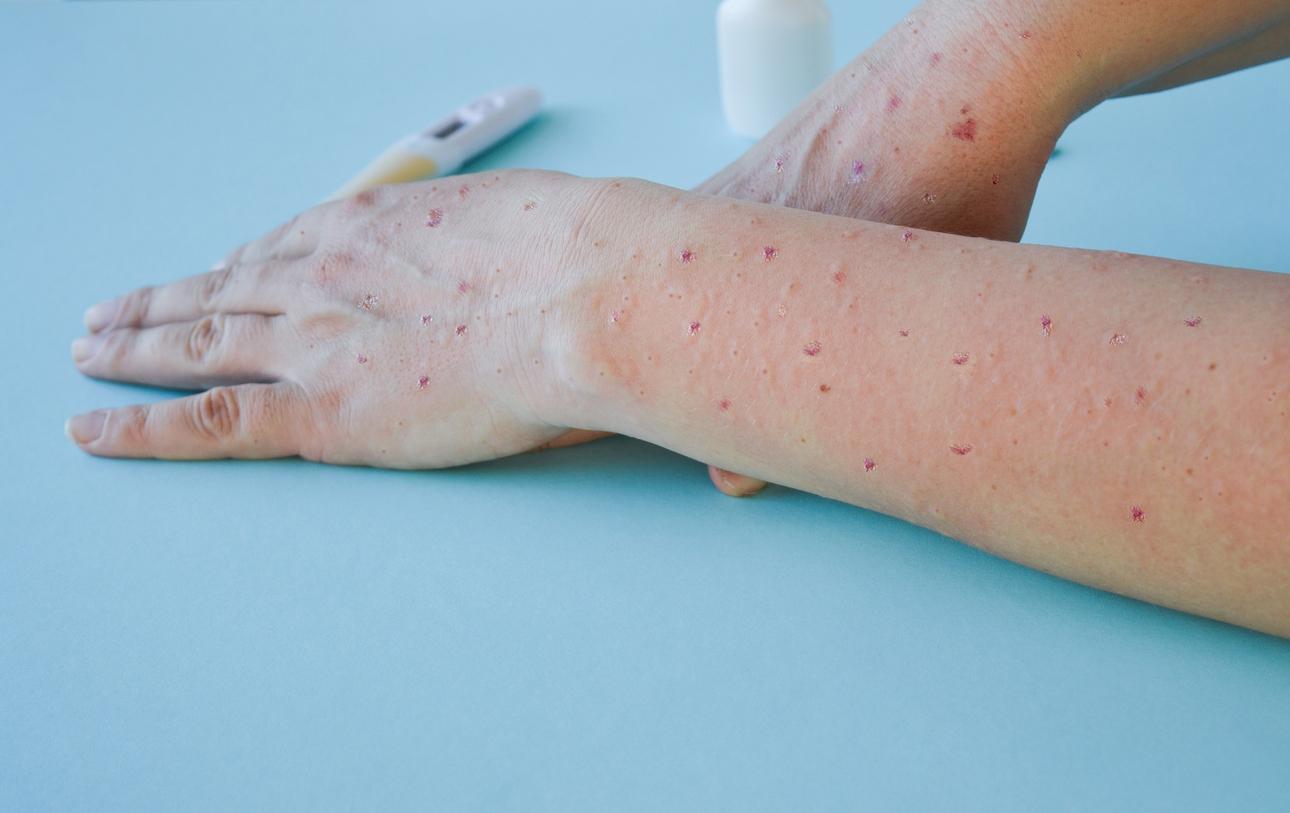The World Health Organization has published a guide to help medical teams deal with the mental disorders of victims of humanitarian crises.

Nepal, Syria, Kurdistan, Central African Republic, Democratic Republic of Congo, Yemen, all these countries have in common the humanitarian emergency. The first is to treat ailments, wounds, those that are visible. But there are others who are hiding, and which, for the most part, take much longer to heal: mental disorders.
It is to help local health workers that the World Health Organization (WHO) and the United Nations High Commissioner for Refugees (UNHCR) have published a guide on mental health in emergencies.
5 to 10% of victims suffer from a mental disorder
Post-traumatic syndromes, suicides, depression, are all disorders which cannot be easily taken care of by specialists in times of humanitarian crisis. The WHO thus recalled, in a press release, that today “nearly 80 million people suffer the consequences of humanitarian emergencies resulting from natural disasters and armed conflicts”.
The Organization estimates that among these millions of victims, “5 to 10% suffer from a mental illness, such as depression, attributable to the emergency situation”. In the field, healthcare staff are not, in the vast majority of cases, trained to detect and manage mental illnesses.
Nine assessment modules
The guide, titled mhGAP Humanitarian Intervention Guide (mhGAP HIG), available in English, provides practical recommendations for the management of people with mental disorders.
Divided into nine sections, the booklet includes modules for the assessment and management of conditions such as acute stress, bereavement, moderate to severe depressive disorder, post-traumatic health, epilepsy and harmful use of alcohol and drugs.
The guide also gives advice to caregivers to “create an environment that facilitates communication” with victims. He advises thus, to meet the person in a private space, to place oneself at his level and to introduce himself to him calmly.
Health teams will also find a glossary at the end of the guide, to understand all the terms specific to mental disorders, such as bipolar disorder, characterized by alternating manic and depressive episodes.
Finally, an index will allow a symptom to be linked to one or more mental disorders.
Reduce the suffering of victims
In humanitarian emergencies, victims (adults, adolescents and children), often faced with grief, are under acute stress, and can trigger a number of other disorders, which will prevent people from resuming their lives. normal ”.
In its statement, the WHO hopes that “all partners in humanitarian action will use this new guide to reduce suffering and strengthen the capacity of adults and children with mental health needs to cope. humanitarian emergency ”.
The Organization has already decided to use this accompanying booklet in Syria, which is entering its fifth year of conflict, where more than 11 million people have been displaced. This initiative should undoubtedly help to bring the victims out of the horror.
.








